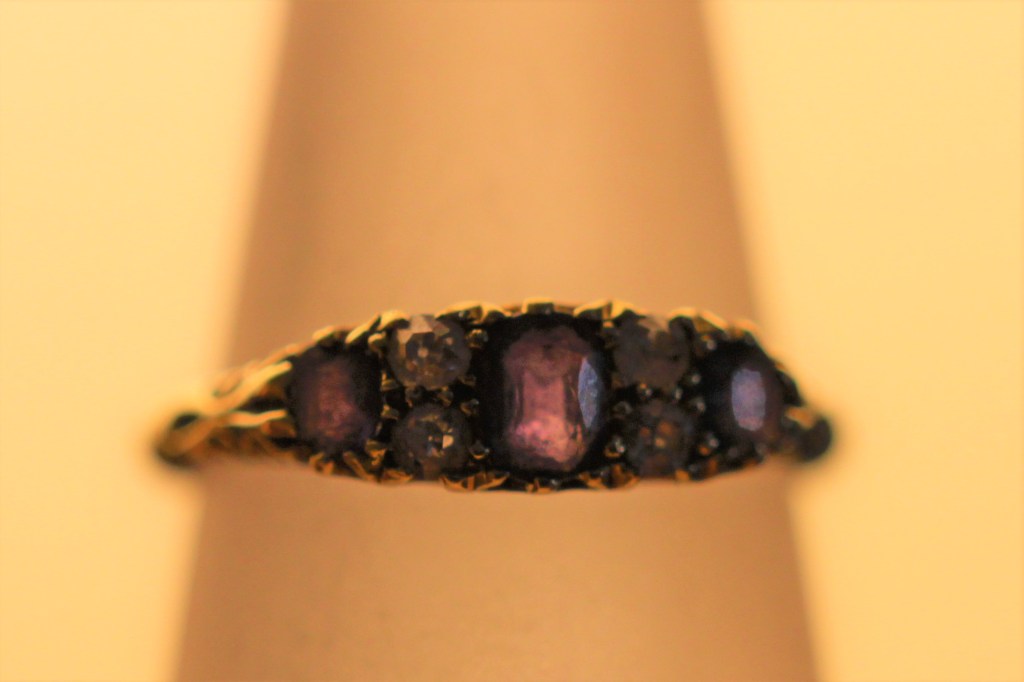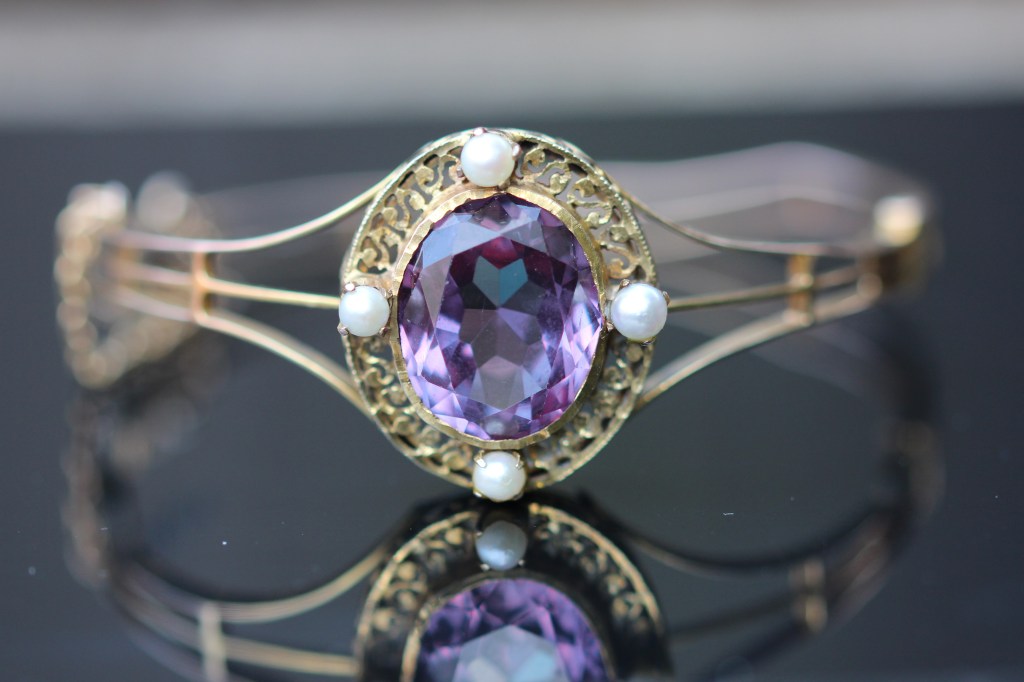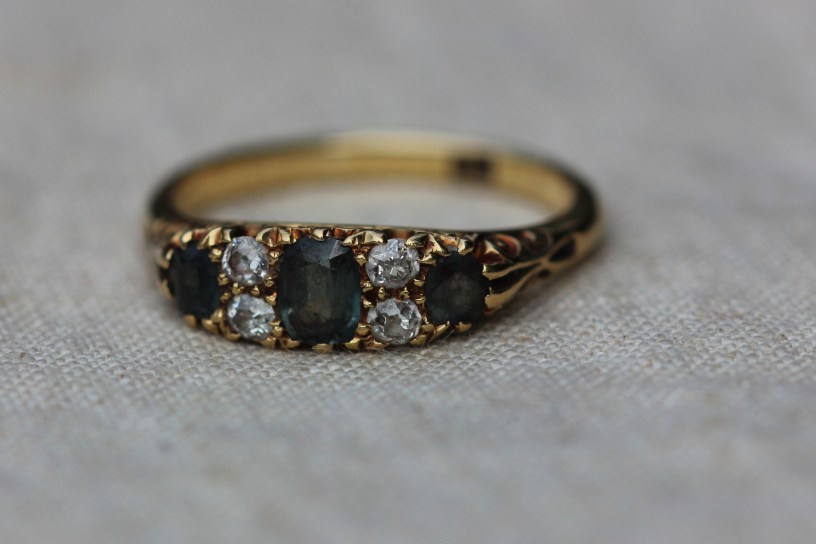The list of month birthstones adopted by the National Association of Jewelers (now called Jewelers of America) in 1912 allocated June two birthstones – the pearl and the moonstone. In 1937, the National Association of Goldsmiths of Great Britain adopted a slightly different list of birthstones and, in 1952, the Jewelry Industry Council of America adopted this UK list but added to it. One addition was that the alexandrite was added to the list as a June gemstone.
The alexandrite was discovered in the 19th century in the Urals region in Russia in about 1833. It was found near emerald mines and, as it was green, was thought to be an emerald until it was found to change colour to become a purplish red under candlelight. It was then identified as a new variety of chrystoberyl. Allegedly, the new gem was named ‘alexandrite’ in honour of Alexander, the future Tsar of Russia.
As alexandrite was originally only found in Russia and as supplies were limited, it was used only in jewellery for the wealthy. The mine in Russia petered out in about 1890 and it was not until the 1980s that a new source, also limited, was located in Brazil. While a few other sites have now been located, with Sri Lanka being the most prominent, supplies are still small.

The rarity of alexandrite meant that it was one of the first gemstones to be imitated when synthetic gemstones began to be created in the late 19th century and early 20th century. From 1910 onwards, a synthetic colour change corundum (a corundum is the gemstone family of rubies and sapphires) was produced which began to be used as an imitation alexandrite. In 1918, a different process produced a synthetic chrysoberyl, and in the early 1970s, a new process produced a synthetic alexandrite. So there are synthetic colour change corundums which imitate alexandrites and there are also synthetic alexandrites available. These imitation and synthetic alexandrites have been used in jewellery now for over a century. The stones can be found in antique, Edwardian and art deco jewellery. Many were sold in Mexico and Alexandria in Egypt in the 1950s.

There are a two main differences between natural alexandrite and the synthetic versions. The first difference is in the actual colour change. The natural alexandrite changes from a green under natural light to a purple red under artificial light or candlelight. The synthetic stones generally change from a pink/mauve under sunlight to a purple gemstone under other lights. (There are a few exceptions to this depending on the manufacturing process used but few of these stones were created).
The second difference is that while the natural alexandrites tend to be small in size and to have inclusions, the synthetic ones are generally quite large and have few or no inclusions.

You will see alexandrite jewellery being offered online, in auctions and in shops. These sellers should state if the stones are natural alexandrites or not but I notice that this often doesn’t happen.
So to recap, natural alexandrites are green in daylight and change to a purple/red in incandescent light. They may be small in size, and have some inclusions. The colour change may not be a strong one but will be there.
The synthetic gemstone, which is usually a synthetic corundrum, will show a colour change from purple in daylight to pink//mauve under other lights. Generally, they will be quite large stones, with very few inclusions.



I love alexandrite.
LikeLike